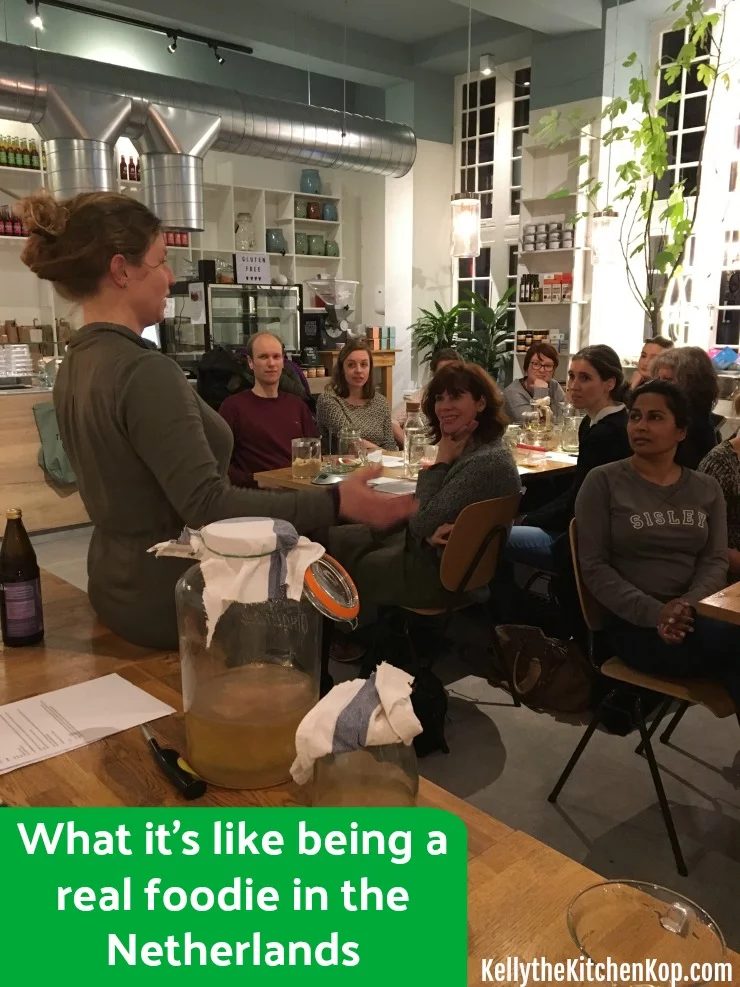
Real food in the Netherlands…
Today I'm continuing a series featuring real foodies from other countries, because don't we all wonder what it's like to live in a far-away place, and how shopping for and feeding your family might be the same or different? Check out two more posts like this:
- Surprising Details about Being a Real Foodie in Abu Dhabi
- Straight Scoop from a Real Foodie in France
I'm always on the lookout for more stories like these, so at the WAPF conference in Minnesota last fall when Tanja came up and introduced herself, I was so happy that she agreed to share her story too!
Here's Tanja…
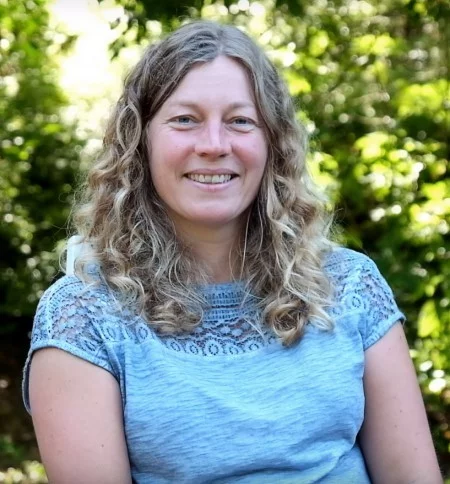 Real food in the Netherlands — A Dutch Real food Story
Real food in the Netherlands — A Dutch Real food Story
I was born in the Netherlands, near the city of Rotterdam. Food was always important in my family, both quality and flavour. My mother did most of her shopping at a whole food store buying organic vegetables, cheese and sourdough bread. Meat was bought at an old-fashioned butcher who used his knowledge to acquire healthy animals for his shop and everything there was homemade. The butcher taught me how to see the difference between healthy and industrial produced meat. I loved his paté and liverwurst! It used to be custom to give children a slice of liverwurst when tagging along with their mothers at the butcher. Nowadays they still do this, but they get a slice of not-so-nutrient-dense crap sandwich-meat instead.
My father liked good French wines and restaurants and my parents took me and my brother there on occasion when we were little. Most of our holidays as a child were spent in France, camping out and eating at good restaurants, I was a big fan of the French fermented sausages called saucissons, french soft cheeses and chocolate mousse.
I would say I had a pretty good start growing up with full-fat milk, real butter, homemade dressings and good quality food.
The disappointment I experienced when I moved out of my parents house and had to do my own shopping and cooking was overwhelming. The meat I saw at the supermarket was exactly the meat my butcher warned me about, pale, watery, lean, tasteless and originated most likely from sick animals. I didn’t know where to get good meat and didn’t have a lot of money being a student. Within a year I was so put off that I stopped eating meat altogether, I became a vegetarian and only sporadicly ate fish.
Being a vegetarian in those days was a bit of a challenge.
It wasn’t very popular yet, which meant most people weren't familiar with the concept and just left the meat out when I came over for dinner, and there were hardly any tasty vegetarian options at the restaurant. So I learned to cook and am happy that I used a lot of cream, butter, cheese and eggs.
I lived in Germany for a couple of years where organic options were more available and they had a large sourdough selection at their bakeries, the lovely dark rye bread with pumpkinseeds was my favourite. At the small castle I lived in was big kitchen, but also an orchard with a lot of fruit trees, so I made my own jams and did a lot of pie baking with the plumbs that I picked.
My focus on health got bigger when I started thinking about having children.
I did all my shopping at organic stores and followed a course in herbalism. I began using coconut oil and made my own water kefir. When my first daughter was born I was still eating mostly vegetarian food, but I didn’t want to make the decision for her and started to offer her a little bit of meat from a good source when she was one year old. But she didn’t seem very interested.
During our holiday in France we visited a local farmers market where one of the stands offered that saussicon I used to love so much as a child on a plate for the visitors to taste. I tried one piece and immediately bought 5 sausages! They were gone the next day, soo good…
From then on I reintroduced a little meat back in my diet, because I recognised the need for it.
I had been a vegetarian for nearly a decade, but I couldn’t walk past a butcher without my mouth starting to water ever since that day. I was able to buy the meat from a butcher who used healthy pastured animals, it wasn’t grass-fed (I had never heard of grass-fed meat then), but it was honest and good quality, and the animals had a good life which was important to me. Animal welfare was one of the reasons I originally stopped eating meat. I got pregnant with my second at this time and I remember craving paté, but was scared to eat too much of it (boohoo…). This child does have a different, more broad facial structure, even thought I wasn’t eating according to the WAPF dietary guidelines, but dit eat more animal based foods. She has always had a bigger interest in meat and animal foods like cheese, and is a huge bacon fan.
By now my whole family was eating well, even my parents and my brother's family are taking their cod-liver oil, also making bone broth and getting raw milk from an organic farm. My children are thriving and both love their meat and raw milk. You are allowed to get raw milk in the Netherlands if you pick it up at the farm and bring your own containers. The farmer has to tell you to boil the milk before use and that is the loop-hole we have in our law.
I studied to become a naturopath and weight-couselor advising real-food in my practice.
I am fermenting everything I can get my hands on and give classes in this magical preparation method. I also give lectures on the wapf principles and have a national store locator on my chapter website which makes it easy to find farmers whom provide raw milk, grass-fed meat and other good recources.
Sometimes trying to get people to eat healthy can be a bit frustrating, because everybody wants to eat well, but they don’t want to put a lot of time and effort in preparing their food properly.
My friend and I started thinking about making it for them. Long story short my good friend Charlotte has started her own restaurant: The Broth Bar in Maastricht, the town we live in. Everything is organic/locally good sourced, homemade and gluten free. We serve nutrient dense all-day breakfast and lunch, serve fermented vegetables and drinks and also have a retail section where you can buy everything from kombucha, kimchi, coconut oil, grass-fed gelatin, local honey and books. It is brilliant to see how much the people are enjoying real food.
One of the Dutch classics we serve is Snert/Erwtensoep, this is a pea soup with bacon and smoked sausage and I’ll share this recipe with you:
Snert/Erwtensoep (Pea Soup with Bacon and Smoked Sausage)
Ingredients
- 500 gr split peas little over 1 pound
- 2 Tablespoons lard/ghee
- 1/2 celeriac root chopped in cubes
- 2 carrots chopped in cubes
- 2 patatoes also in cubes
- 2 onions chopped
- Couple of garlic cloves chopped
- 500-700 ml 2 1/4-3 cups broth (pork or beef) -- or water and pork bones (a foot preferably)
- 1 teaspoon ground nutmeg
- 1 teaspoon ground cumin seed
- 1 teaspoon cilantro seed
- 300 gr bacon in small pieces about 2/3 of a pound
- 1 or 2 smoked sausage
- pepper and sea salt to taste
Instructions
- Soak the peas for 24 hours and drain.
- Put the fat in a large cast iron pot and fry the onions until they get a bit of color and add the garlic and spices, stir and fry for another minute or two. Then add the rest of the vegetables, patatoes and the broth. If you don’t have broth ready you can just use water and bones/rind/feet from pork and let them simmer in the soup.
- Let it simmer for 3-5 hours on low heat until the peas fall apart, use more broth if needed.
- Take out the bones if you didn’t use broth. Fry the bacon until it’s golden brown and add to the soup, with the fat. Cut the sausage in thin slices and add.
- Use plenty fresh black pepper and some salt to taste.
- It will taste better the day after you make it.
In the Netherlands we have had our own Dutch Weston Price conference in 2014, 2015 and 2016.
Sally came over to speak at the first two which was wonderful. My hunger for knowledge continues because there is always more to learn about food and health. Ever since I became a chapter leader in 2014 I have wanted to visit the Wise Traditions in the U.S. This year I finally got to it, thanks to a full scholarship that I received from the Foundation and some great sponsors.
One of the highlights of my visit was meeting some of the people I had been following over the last couple of years, such as Natasha Campbell, Stephanie Sennef, Chris Masterjohn and many more.
I had been keeping an eye out to see if I could find one of my favourite bloggers Kelly the Kitchen Kop. I just love her activities and fierce approach to controversial topics such as vaccination and allopathic medicine. During one of the inspiring lectures I went to during the conference I noticed Kelly was making tweets about the same lecture and found her sitting not too far away from me with her laptop.
I went over during the break to thank her for her good work and let her know how far the influence has reached. You never know who will read your posts and what happens to the information you put out there. Kelly shared an article on Facebook and this has eventually led to the horrible sterilisation method Essure being taken off the market in most of Europe! Essure has victimised a lot of women because of it’s sickening side-effects. My dear friend Charlotte has started a Dutch Facebook group and went on National TV with her complaints after reading Kelly’s post and realising this was the root cause of most of her problems. It is important to inform people and sharing a critical article like Kelly did, does make a difference. Sometimes they just inspire and sometimes they can be life saving.
Going to the U.S. Wise Traditions conference has motivated me to keep writing and sharing and even organising a conference in Holland again, because there is a lot of misinformation that needs to be cleared. And I think being part of a community and meeting likeminded really is essential and gives new energy to continue this journey.
The below pictures are from my local farmstore which is just around the corner where they have grass-fed beef and organic chicken, local lamb and turkey, eggs and some local honey and condiments. (The top photo is from one of my fermentation workshop which are held at the restaurant where I work, The Broth Bar.)
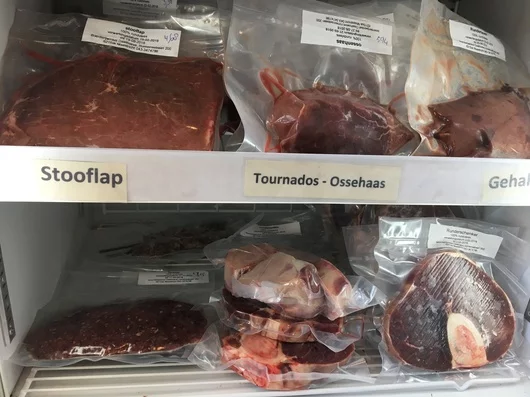
—————– 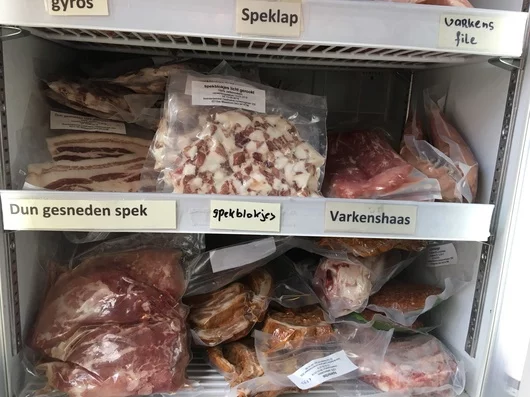
—————– 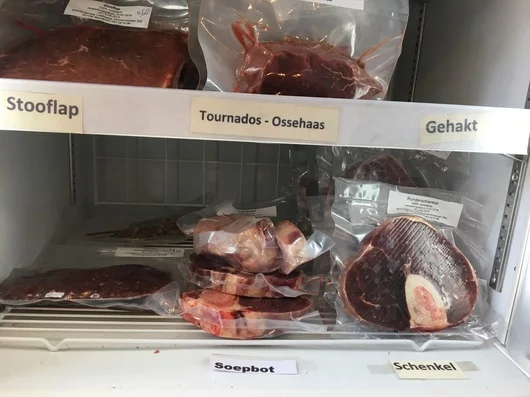 —————–
—————– 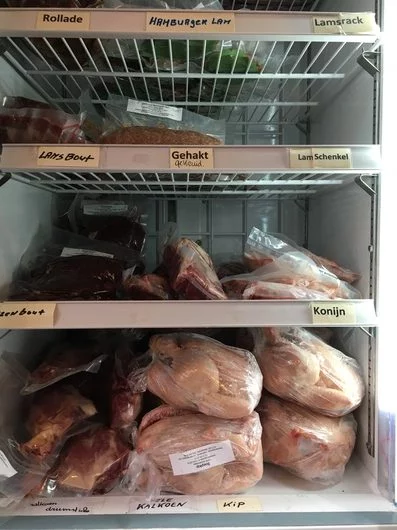
—————– 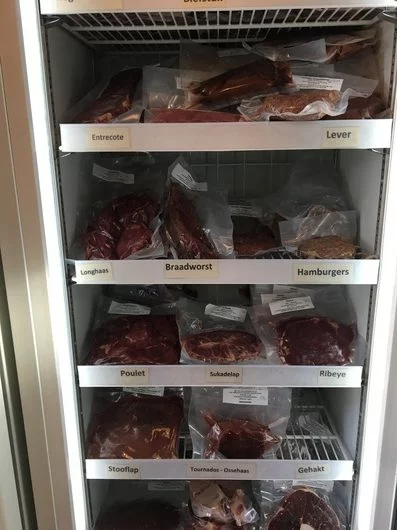 —————–
—————– 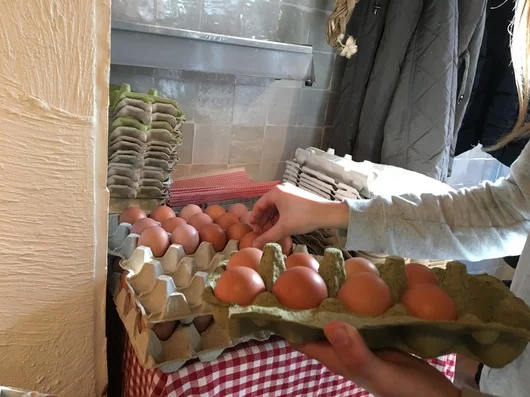
—————– 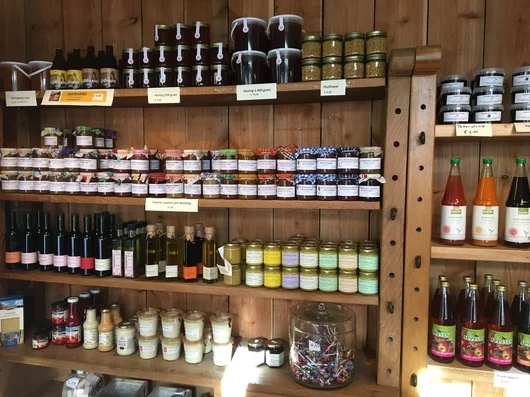 —————–
—————– 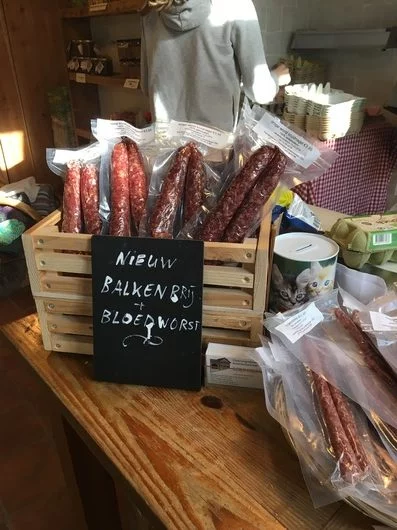
Tanja thank you so much for sharing your story and it was so fun meeting you last fall!!!
Could you guys help me find more real foodies from other parts of the world who would be willing to answer some questions and share their story? Maybe it’s you, maybe it’s a friend or family member you know. If so, email me: [email protected]. ***Also, if you've suggested someone in the past — can you send me their email again as it may be lost in my crazy inbox. Thank you!
More you might like:
- Can't find safe, pastured meats near you? Find healthy meat online here.
- Want more bone broth in your diet but no time to make it? Find bone broth made from grass-fed beef and pastured chicken bones here! It's the only one I'll buy to keep on-hand for when I'm all out. (Use code KOP for 10% off.)
Again, catch these other similar stories here:
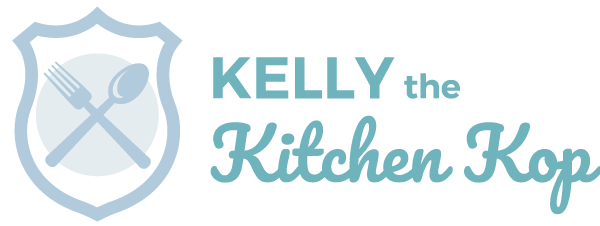


Sarah says
Awesome story, thanks for bringing it to us!